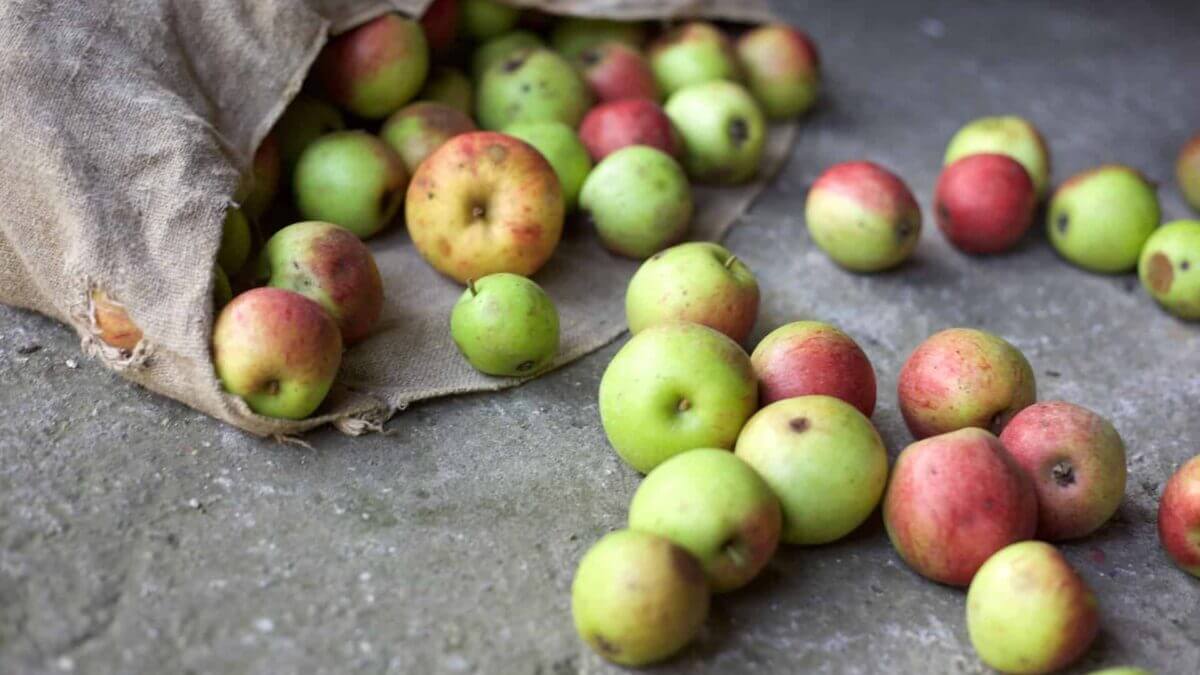Many other markets are increasingly turning to the power of food cultures as an additional quality hurdle to protect their brand and reduce waste. Food wastage is a global problem and a challenge in Asia, particularly in the more developed economies in the region.
The rapid urbanisation in Asia will likely see about 550 million people move to cities in Asia by 2030, according to a report by Temasek in 2018. The resulting reduction in arable land means that there is tremendous pressure on the food system.
By taking steps to reduce food waste, manufacturers can not only promote sustainability but can also boost their profits. It’s a win-win. Here are seven food waste reduction strategies that can help do just that!
- Optimize Supply Chain
Use software solutions to optimize supply chains so your products ship and reach store shelves more quickly. Taking these and other steps to reduce food waste is a win-win proposition for food manufacturers. It boosts profits, builds shareholders’ confidence, and highlights your company’s commitment to sustainability.
- Consumer Education
Educate consumers through tips and educational messages printed on food packaging. Teaching consumers about shopping and meal planning, best practices for storing food, donating unwanted food, and composting can help them buy what they can use and use what they buy.
- Sustainable Solutions
Develop natural, sustainable solutions to the problem of food spoilage, such as an invisible, edible barrier which is made from unused parts of the produce such as leaves and stems—that protects from mold, water loss, oxidation, and bugs. Sustainable solutions like this may double the shelf life of certain food products.
- Innovative Packaging
Package products in a range of portion sizes, using resealable packaging or individually sealed compartments. In addition, consider developing more innovative packaging solutions, such as embedding silver nanoparticles into plastic milk storage bottles to double the length of time before milk spoils, or use packaging that can detect when the product inside has gone bad.



